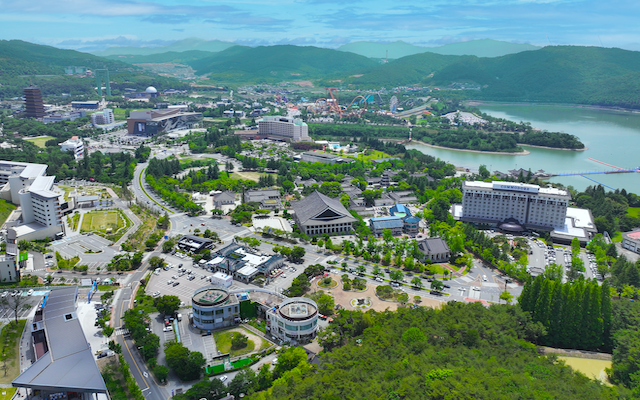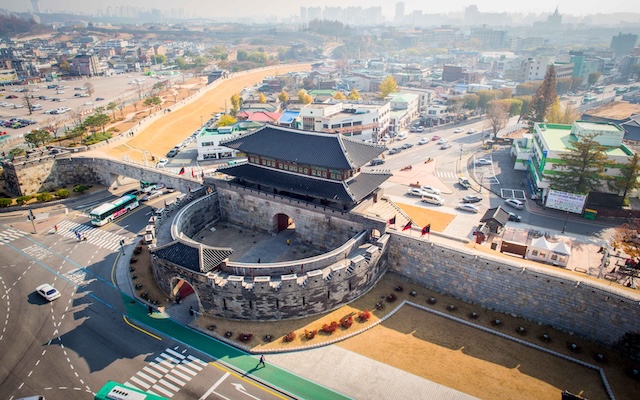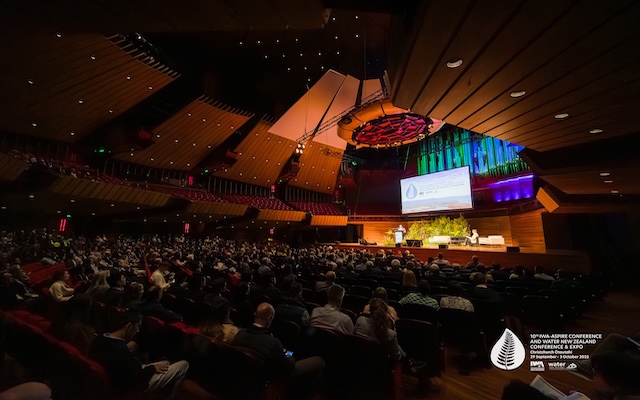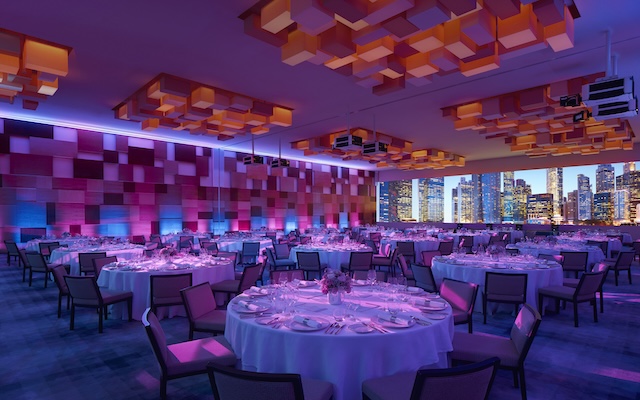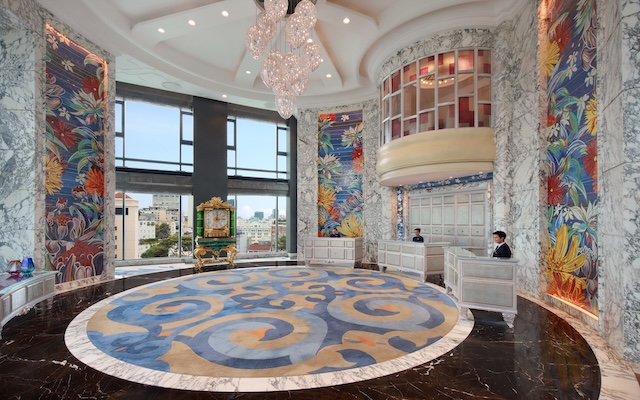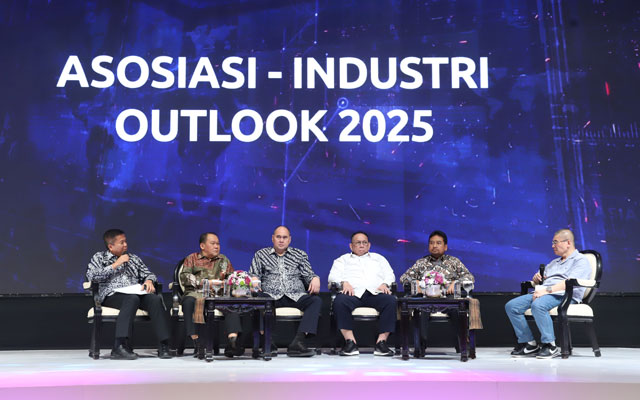
The future of Indonesia’s exhibition industry looks promising, with growing demand and the ability to stay agile and evolve with today’s ever-shifting trends, according to industry leaders at the Indonesia Business Event Forum, organised by the Indonesian Exhibition Companies Association (IECA).
IECA reported that the number of exhibitions reached 170 in 2024, marking a 21 per cent growth compared to 2023. IECA also projected that the industry would generate US$1.7 billion in revenue by 2025, reflecting an eight per cent rise from 2024.

Hosea Andreas Runkat, chairman of IECA, emphasised that infrastructure-related exhibitions were likely to see continued demand, particularly in sectors such as transportation, smart cities, and urban development.
“The Indonesian government’s ongoing investment in these areas will trigger innovation and increase the need for exhibitions that showcase the latest in infrastructure development,” he said.
Daswar Marpaung, president director of Dyandra Promosindo, agreed, pointing to the country’s expanding infrastructure as a major factor in the sector’s growth.
The development of the Nusantara International Convention Exhibition in Pantai Indah Kapuk (PIK) 2, as well as the expansion of venues such as the Jakarta International Expo (JIExpo) is timely, as the demand for more sophisticated, tech-driven exhibitions continues to increase.
“The expanded spaces provide room for innovation, allowing the sector to tap into new ventures and broader audiences,” said Daswar.
These developments, combined with the increasing presence of sectors like construction, manufacturing, and finance, set the stage for a thriving tradeshow landscape. Additionally, consumer shows in food, fashion, and wellness are expected to grow in tandem with rising consumer spending.
Supporting this optimistic outlook, Jeffrey Eugene, president director of Debindo Mega Promo, highlighted the company’s strong growth trajectory for 2025. “We plan to launch at least four new expos next year, and I believe other organisers will follow suit with even more events.”
Eugene noted the rising creativity among event organisers, who are increasingly leveraging technology to craft engaging, innovative exhibitions that resonate with current trends. “There’s a clear shift towards more dynamic, tech-driven formats that capture the evolving needs of both exhibitors and visitors.”
For Tony Chang, business development director at Panorama Convex Indonesia, technology is reshaping how events are held. He projected that hybrid formats would drive a 30 per cent growth in tech-focused exhibitions, particularly in AI, Fintech, and IoT. With innovations like AI, virtual reality, and mobile apps enhancing interactivity, these technological advances are crucial to keeping exhibitions relevant and engaging in the future.
Looking ahead, Hosea said sustainability would be embedded in the core of every event, from waste management to energy consumption. This shift is further backed by a US$5 billion government investment aimed at fostering eco-friendly initiatives across various sectors.
“The future of exhibitions is green, and we are aiming for 40 per cent of exhibitions to implement sustainable practices in 2025,” Hosea noted.




